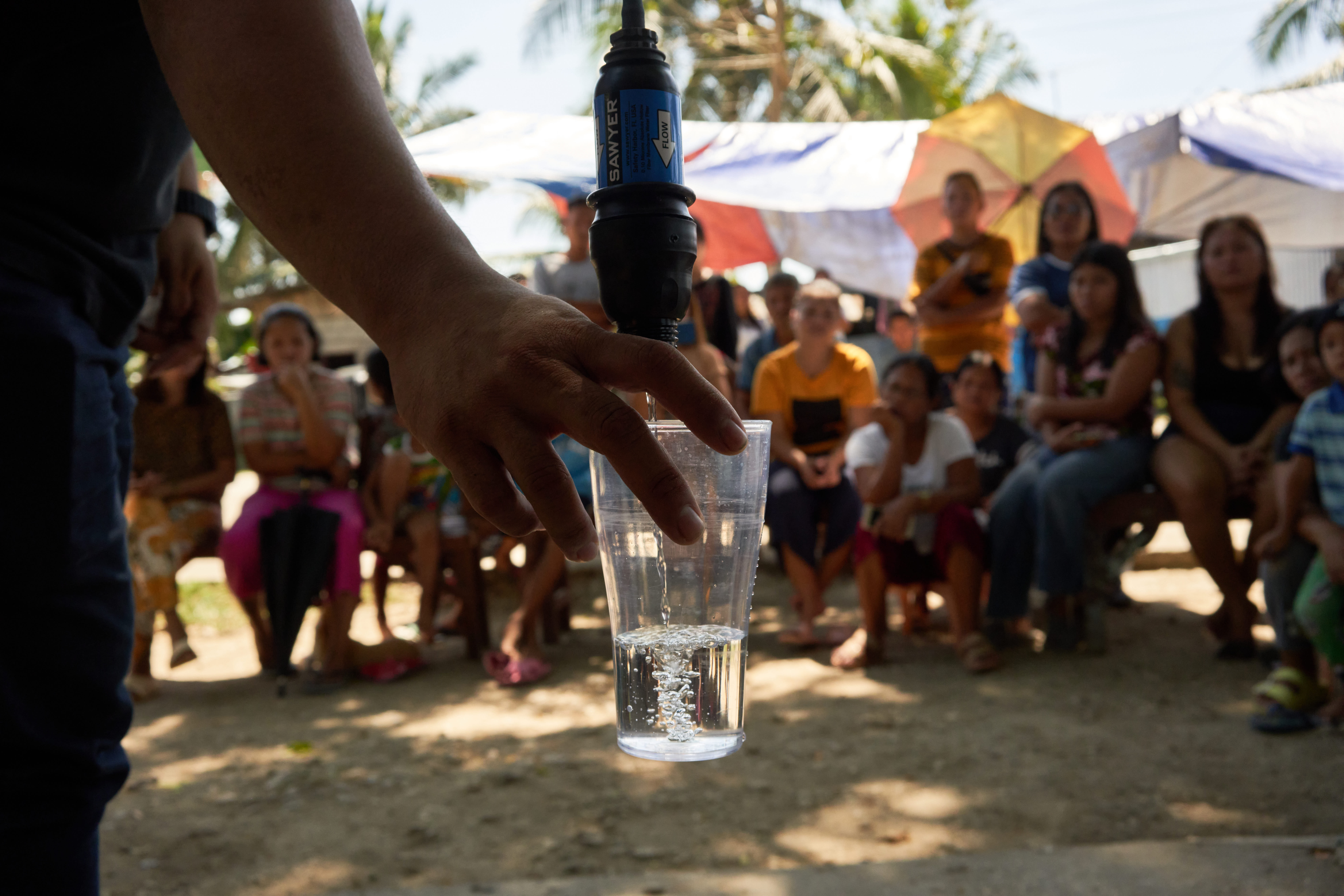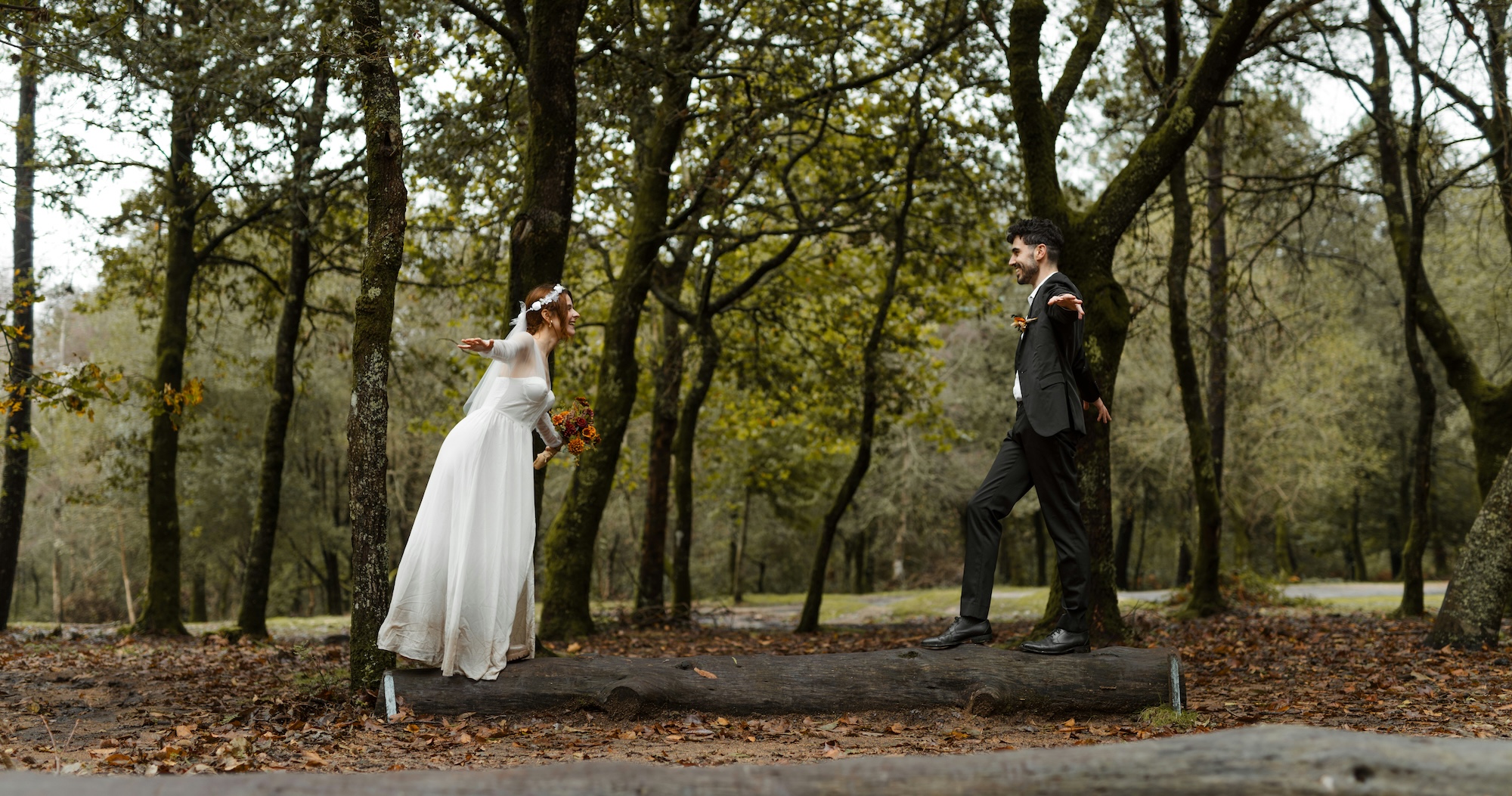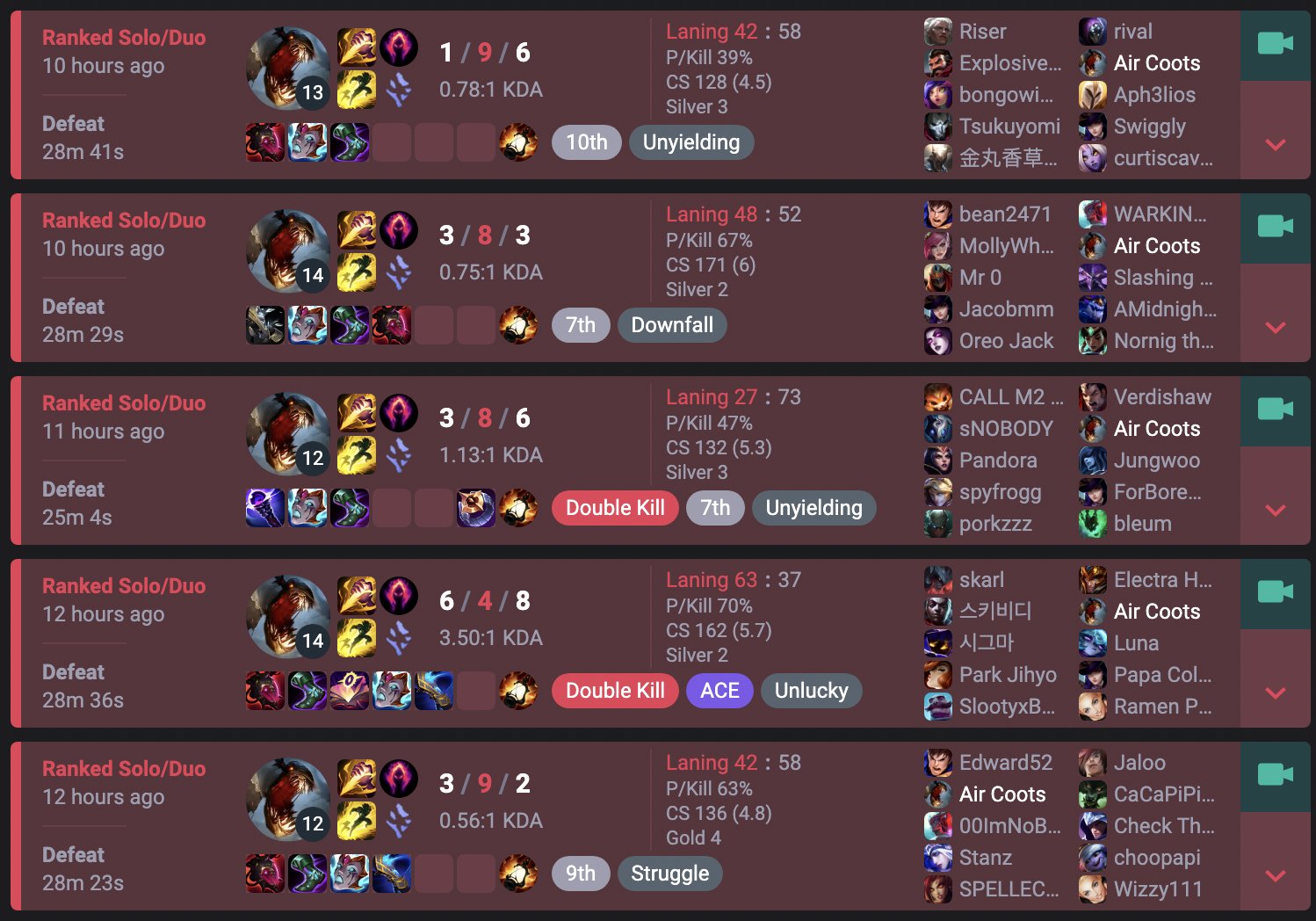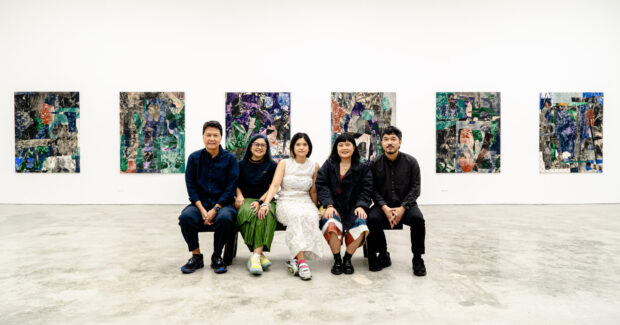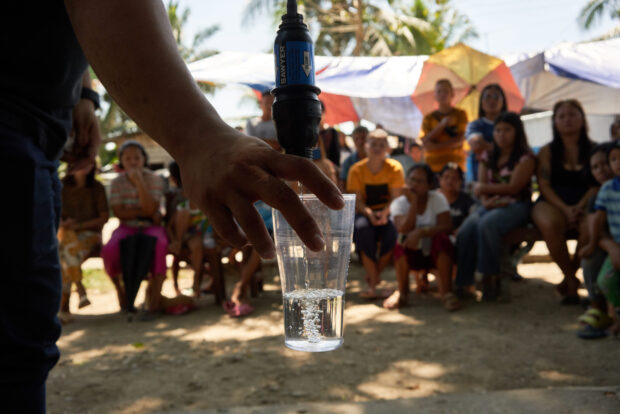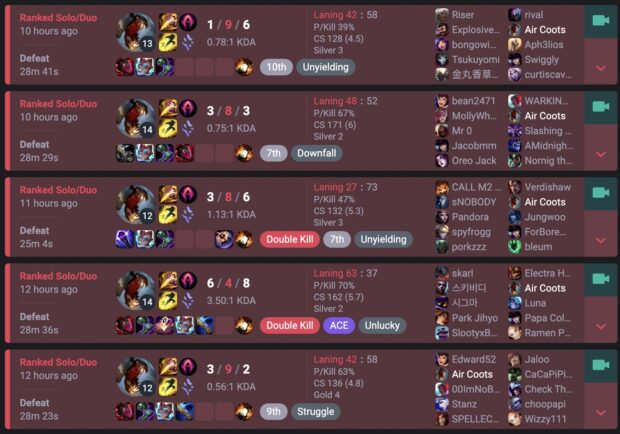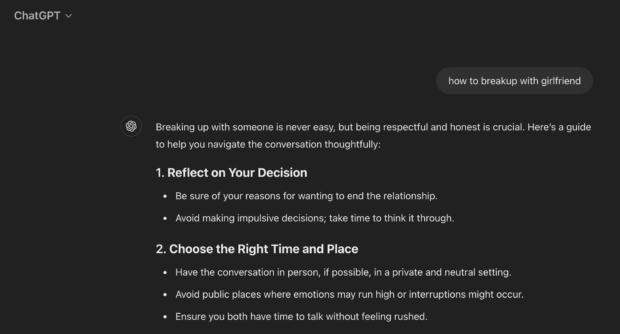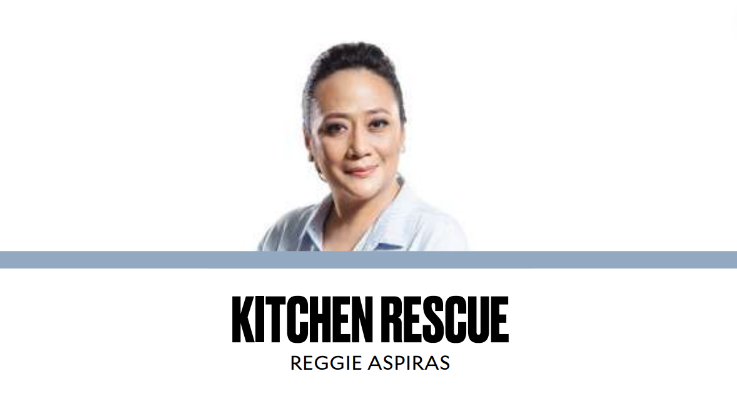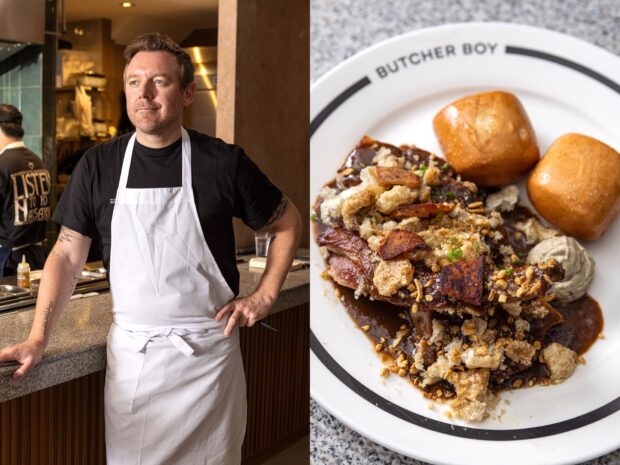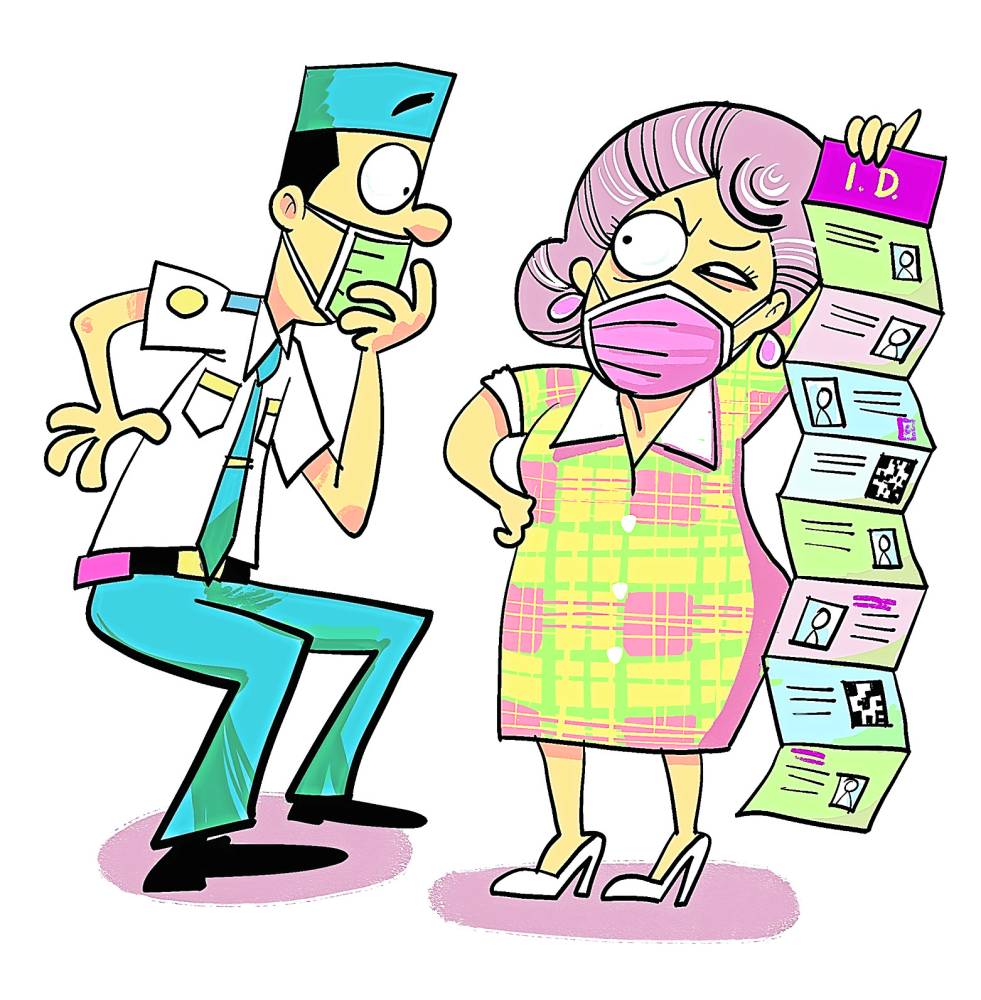
The year I got my senior card, I remember feeling good hearing comments of disbelief from waiters—never mind that they were probably trained to make little old ladies like me feel good.
That was 22 years ago. Now, waiters ask for my senior card even before I’m ready to reveal myself. I guess at this point nobody plays the game anymore.
There was a time the City of Makati led the way in showing their appreciation for seniors—a 20-percent discount and VAT exemption at restaurants and for prescribed medicines, a cash allowance given in halves twice a year, with an increase for every succeeding decade lived, so that at one’s 100th year one collects the grand prize of P100,000.
There, too, was free movies to see at any time on any day, free parking at designated places in malls and special lines for prompt service, in many cases with chairs provided. Other mayors tried to match Makati’s generosity toward seniors, but their revenues would not allow them to compete. It got so good that Makati senior cards began to be faked by outsiders.
Which was probably the reason a senior is required to show cross-validating proof of identity when claiming benefits, apart from a specific type of card for a specific sort of benefit.
We have a white card for restaurants, movies, and drugstores, a blue card for cash allowance, and a yellow card for groceries. We also have an officially issued booklet to record the movies we have seen, another one for prescribed medicines, and yet another for groceries, these also limited to certain basic items and certain cost ceilings. There’s yet another coming—Makatizen card!
No excuse
As revenue-rich as it is, Makati has no excuse to not outdo other municipalities in public service, not just for seniors. In fact, it should be able to do more than it does. Alas, it suffers in comparison with cities and towns led by mayors who are young and carry no baggage of corruption and bad governance. It has shown particularly in the distribution of ayuda and other pandemic benefits meant for its most vulnerable constituents—the sick, the poor and the aged.
For seniors—as I, myself, have experienced—things seem to have been unnecessarily complicated. Where the barangay used to preside over and actually distribute the benefits, everything is centralized in the mayor’s office. Thus we had to get a GCash app in order to receive our cash ayuda during lockdowns—that’s apart from our regular cash allowance.
Not surprisingly, seniors being naturally challenged in many ways, some of us did not get the benefits, not only for lack of the necessary technological ability or tools or both, but for being simply left out in all the confusion. We are told our city was among the first to order AstraZeneca vaccines, but we were given, albeit for free, the less efficacious yet more expensive Sinovac.
Seniors were given the usual priority for vaccination, next to the health workers themselves, and have been duly issued cards for proof, but still we are denied entry to certain malls, restaurants and other public places; the standard reason is we’re too old, therefore too vulnerable, vaccinated or not, to be going out and around. Well, I did get COVID despite two jabs of Sinovac, but seniors with boosters should be able to go out.
Outside life
Fakery being the first instinct of the unscrupulous among us, antivaxx people are suspected going around with vaccination cards. The latest answer is the QR code which could not be faked, the densest maze you’ve seen in print, which should have been put on the vaccination cards in the first place. The result is, we seniors have to carry a deck of cards to prove ourselves worthy of some outside life.
But we’re not the only ones confused here. The security guards at the Ayala Malls have begun implementing the code for everyone even before they themselves could be ready with the machines that will read and validate it. This causes a delay and a hazardous accumulation of crowds trying to get in. The code should be easy enough to get for anyone with a suitable mobile phone; the problem lies in the human implementation.
On Sunday, the security guard stopped us trying to enter the indoor Greenbelt car park we usually use. The guard seemed quite awkward about it himself, having apparently recognized somehow the familiar car and the masked faces inside. He asked to see our vaccination cards. He said he could not let in anyone older than 65.
A friend who is 64 said he was also barred, told 60 was the cutoff age. On our barangay thread, another senior showed everything she was asked to show, but when it came to the QR code, the reading machine wasn’t working yet, and the guard seized it as an excuse to make a judgment call: he barred her, too.
The next day four of us, including a vaccinated minor, walked into the mall without any problem. We had breakfast, bought some groceries, had our cellphone charger checked and walked home. A few hours later, we returned in a car for lunch and were stopped—the same minor with us earlier was no longer welcome. So we drove around front, dropped my son and the minor; they were let in after showing their vaccination cards.
Vergel and I drove back to the car park and were again stopped. The guard looked in searching for the minor. Convinced now that there were only us, he asked what we were going to do in the mall.
“Eat,” I said. He must have recognized one of life’s first essentials, but still asked, “Saan?”
“Ewan, bakit?” It was my turn to challenge.
He let us in.

